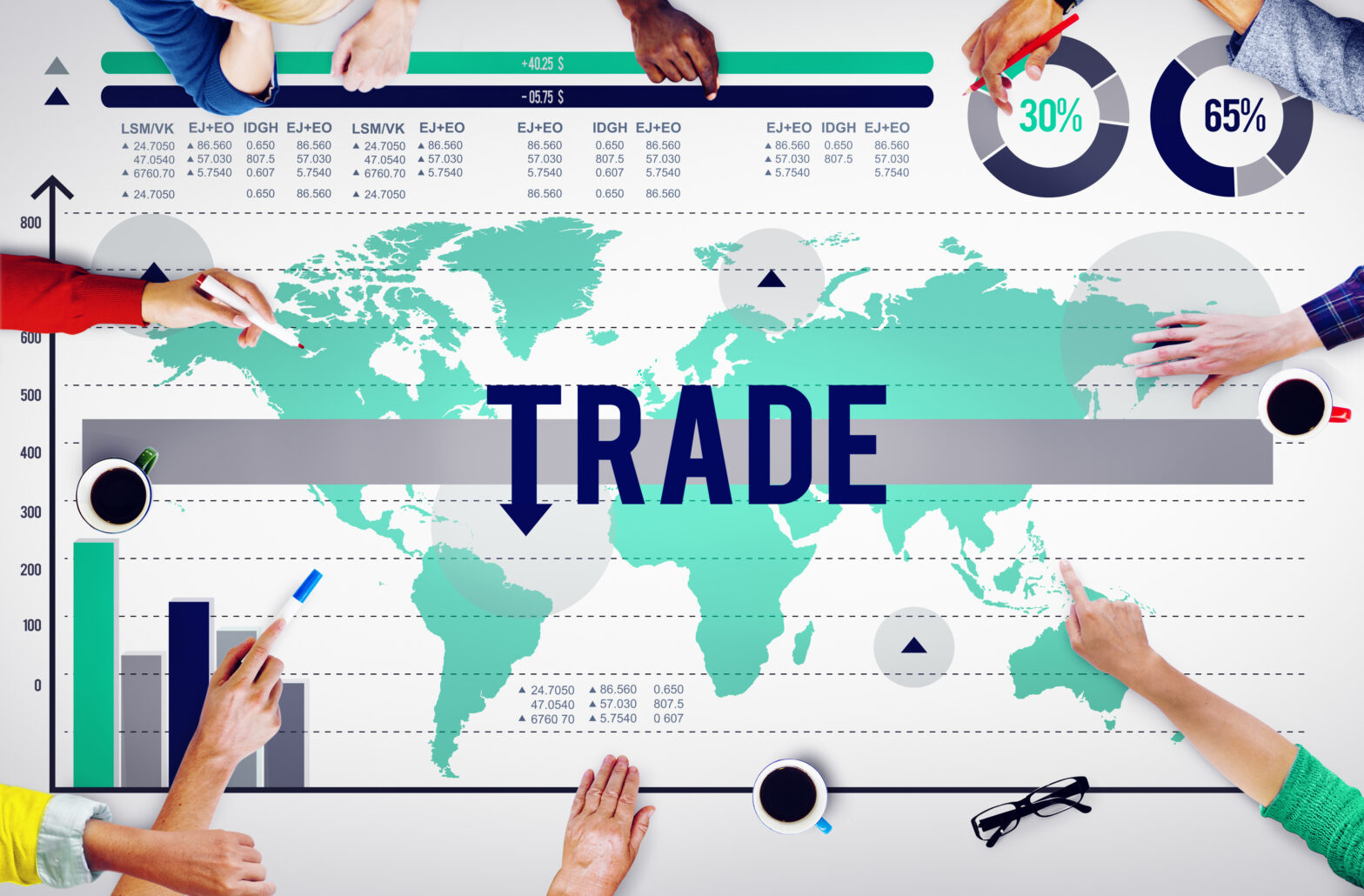Two of the five major thoughts as to why the company Go Up could have launched differently were related to targeting an international marketplace through virtual offices and less dependence on physical location.
When most new businesses are in the development phase they tend to seek some form of stability and this often equates to a brick and mortar location. Other areas where they want to find comfort may be in their target marketplace (usually local), employees (also local), and where they are purchasing hardware/services (again, mostly local).
Yes, a business can make the jump from local/regional/national to international but as the previous account by Go Up detailed, it probably should have been in the thought process well before those options arose simply because it could have led to earlier entryway and profits.
So what are some of the areas in which you would want to plan and adapt, in business, to be ready to take on the international marketplace?
Translation and cultural awareness
The language barrier is obviously going to be a major issue with trying to sell products to a new marketplace so the best course of action is to hire native speakers from the area to convert product documents, marketing material, and be there to provide support.
Likewise, the language should be adaptable but so should the culture since each new marketplace may have different ‘rules’ and practices on how one negotiates and exchanges goods. Match with the local and you’ll fit right in.
Overcoming financial barriers
Much of your experiences with online commerce, most likely, has been with other companies that are within relative range (North American and Europe, etc) so the transactions are easy to handle with common online merchants like Amazon, eBay, or services like Paypal and credit card processing.
The website is going to be the focal point of how you ae going to reach customers from around the world so it’s best that you are able to accept payments from any number of processing services (many of which are region-specific). Checkout.com is a great example of how to get around the barriers of different credit/debit services you may not normally be able to accept from abroad. Removing the financial transaction barrier means more opportunity to reach every individual in the new marketplace while going international.
Working with the locals
You can’t simply begin importing and exporting on a whim in and out of certain areas of the world. Doing so without the proper paperwork can land you in hot water, which is why you should take the time to understand the national and global laws of conducting business.
This would be the time in which you’d want to begin contacting financial and law institutions within the area you plan to expand to cover all aspects of your entry into the foreign territory. Expand on conducting customer research while this process is underway to verify the opportunity of taking on the new marketplace. Once paperwork and research is done, it’s a matter of looking through the risk assessment to ensure it’s worth the effort.
The international market is ripe with opportunity because so few businesses have yet to fully tap into the smaller industries in which your business may desire. Investment in people, technology, and financial/law services to bridge the gap between language and culture aren not a major deal breaker considering the open range you have to run wild in business while abroad.
Definitely take it into consideration if you are ready to take the leap to the next level.
See also: Get your business ready for expanding internationally





